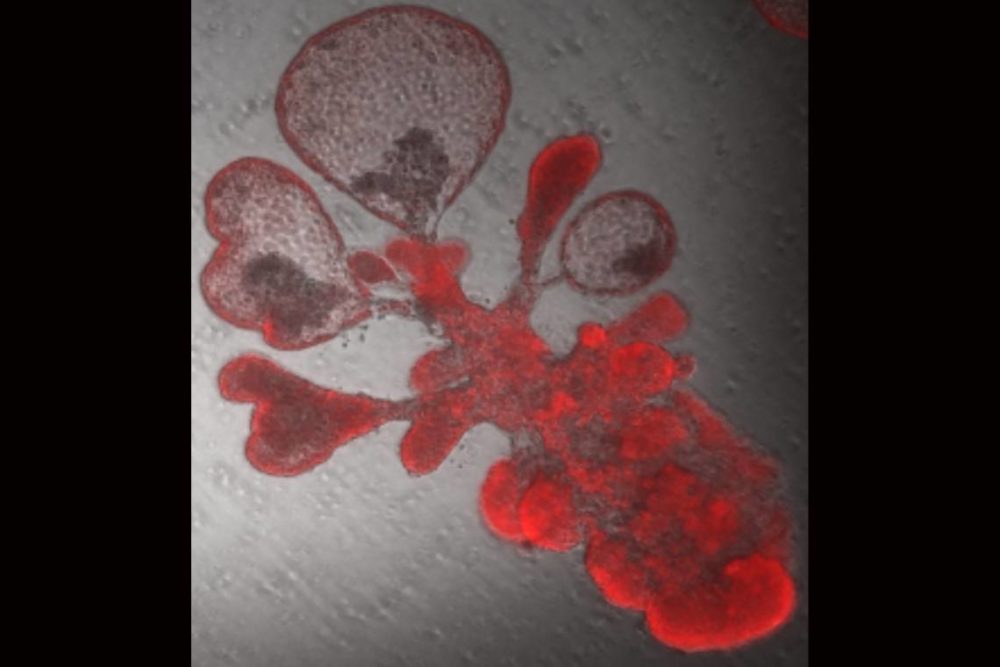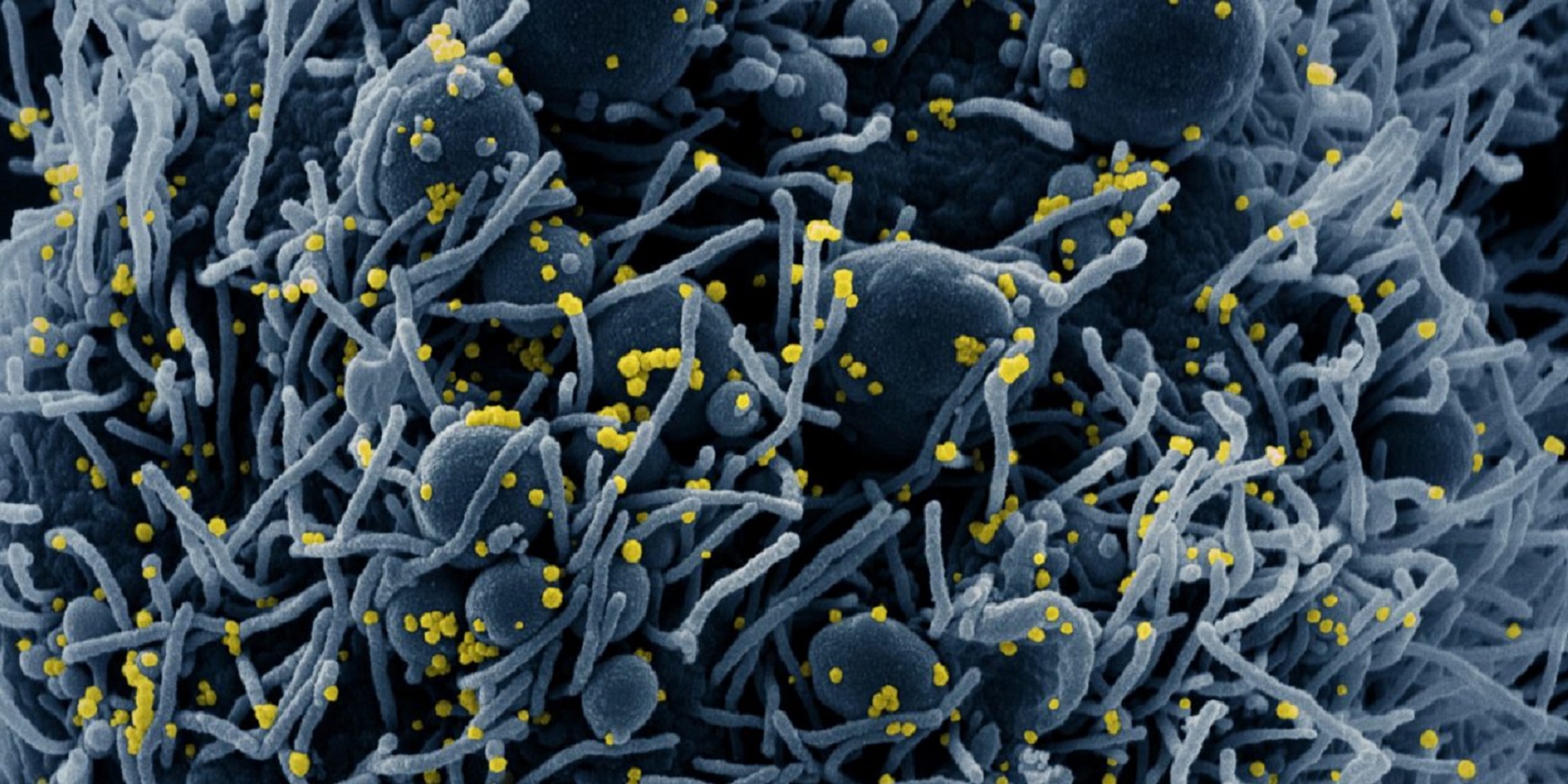Coronawirus SARS-CoV-2 very effectively attacks the alveoli, leading to a complete infection in just 6 hours. After 60 hours, the alveoli disintegrate and destroy the lung tissue.
Despite months of intensive work carried out in numerous centers around the world, scientists still do not know much about how the coronavirus SARS-CoV-2 infects the lungs and damages them permanently.
Researchers trying to patch this gap in our knowledge decided to use tissues donated from various hospitals to a tissue bank. Researchers decided to examine type 2 alveolar cells. After transforming them into lung stem cells, they were able to create three-dimensional organoids resembling alveoli.
–
After creating a kind of artificial mini-lung, researchers exposed them to the SARS-CoV-2 coronavirus and then watched the infection process.
As it quickly turned out, the coronavirus attacks the alveoli very effectively and begins to multiply rapidly. Already six hours after contact with the coronavirus, the cells were fully infected. The more cells are infected, the faster this process progresses.
The body’s reaction, in this case the artificial mini-lung, was also quite fast. After just six hours, the cells began to produce proteins that signal the presence of the virus to the surrounding cells so that they can defend themselves against it.
Two days after infection, these proteins trigger a reaction of the immune system. However, twelve hours later, the first alveoli disintegrate and cause permanent damage to the lungs.

–
Wait a minute, after three days he’s gone symptoms
Although it takes three days for a full lung infection to occur, coronavirus in patients must first travel from the upper respiratory tract to the lungs for any symptoms of infection to appear. Moreover, before symptoms appear, a significant proportion of the alveoli are infected and the immune system reacts strongly.
However, this does not change the fact that the results of these studies indicate a new way to rapidly develop and validate potential COVID-19 drugs. Now, the researchers intend to conduct the same studies on cells grown from tissues obtained from people belonging to high-risk groups to assess how the course of the disease differs from healthy people and what causes more serious consequences for them.
–


